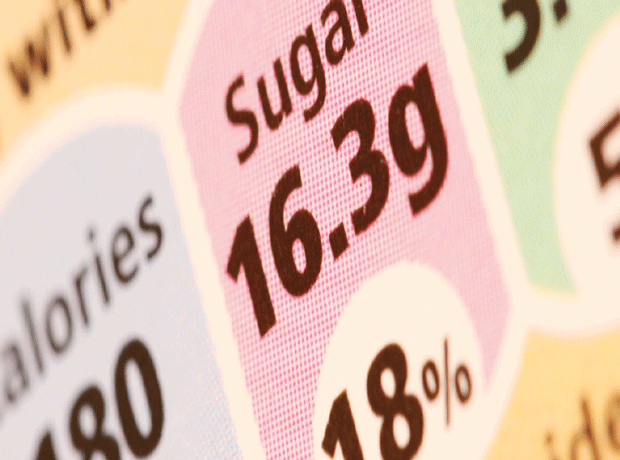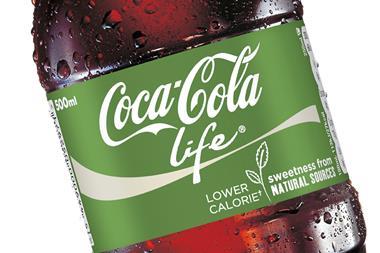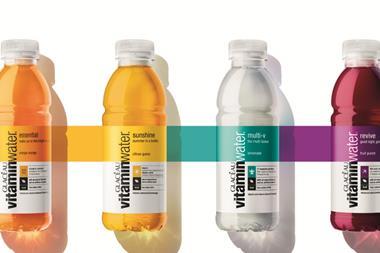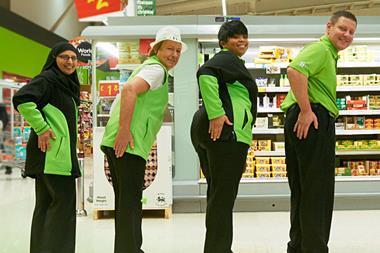After years of squabbling and agonising over traffic lights, Coca-Cola is throwing its weight behind the Department of Health’s front-of-pack traffic light labelling system.
Coca-Cola Great Britain said it had convinced its bosses in Atlanta it could become the only territory in the Coke empire to use such a system, having turned down previous approaches by the government.
More than 20 Coca-Cola brands, including Fanta, Lilt and Oasis, will carry the hybrid front-of-pack label - a combination of traffic light health labels and daily reference intakes - by the end of the second quarter of 2014.
This means its flagship Coca-Cola brand will carry a red warning label for sugar content, with greens for salt, saturates and fat; Diet Coke will carry straight green lights.
“We have monitored the labelling scheme since it started to appear in-store and asked shoppers in Great Britain for their views,” said Jon Woods, general manager of Coca-Cola UK & Ireland. “They told us they want a single, consistent labelling scheme across all food and drink products to help them make the right choices. That is why we have decided to adopt it across our full range of brands.”
Despite PepsiCo, Mars, Nestlé, and Premier Foods joining the hybrid scheme as launch partners in June last year, alongside all the leading supermarkets, the DH has been frustrated at poor sign up by suppliers, with six out of the top 10 supplies, including the likes of Unilever, United Biscuits, Mondelez, Warburtons and dairy Crest all so far giving the scheme the red light. Sources at Coke said they had been convinced the scheme offered a level playing field for all categories, despite the current controversy over sugar content focusing much of its glare on fizzy soft drinks.
The company stressed its backing was part of its commitment to provide consumers with “transparent information”, having been one of the first to offer GDA information on front-of-pack, now replaced by reference intakes, in 2007.
“The increased choice of products available in stores today is great news for shoppers and we believe front-of-pack nutritional labelling can help people choose a balanced diet,” added Woods.
With the government struggling to attract support for the label, health minister Jane Ellison said she hoped other suppliers would now follow suit. “It will help consumers make informed choices and lead a healthier lifestyle,” she said. “We want all businesses to give people clear and consistent information about their food and drink.”
“I really welcome this announcement,” added Professor Susan Jebb, chair of the Public Health Responsibility Deal Food Network. “Together with their other work to decrease the sugar content of their products, introduce lower-calorie options and reduce portion size, it represents a real step forward for Coca-Cola in recognising their responsibilities.”
The move excludes Coca-Cola Great Britain’s two water brands - Schweppes Abbey Well and Glaceau smartwater.
In the past 18 months, Coca-Cola has slashed the calorie content of Sprite by 30%, introduced a smaller, 250ml, can of Coca-Cola, Diet Coke and Coca-Cola Zero and launched Coca-Cola Life - a lower-calorie cola with a third less sugar and a third fewer calories than regular cola.
Sign in to comment on this article
Not logged in before? Register for FREE guest access today.
You will be able to:
- Read more stories
- Receive daily newsletters
- Comment on stories
Advert



















No comments yet